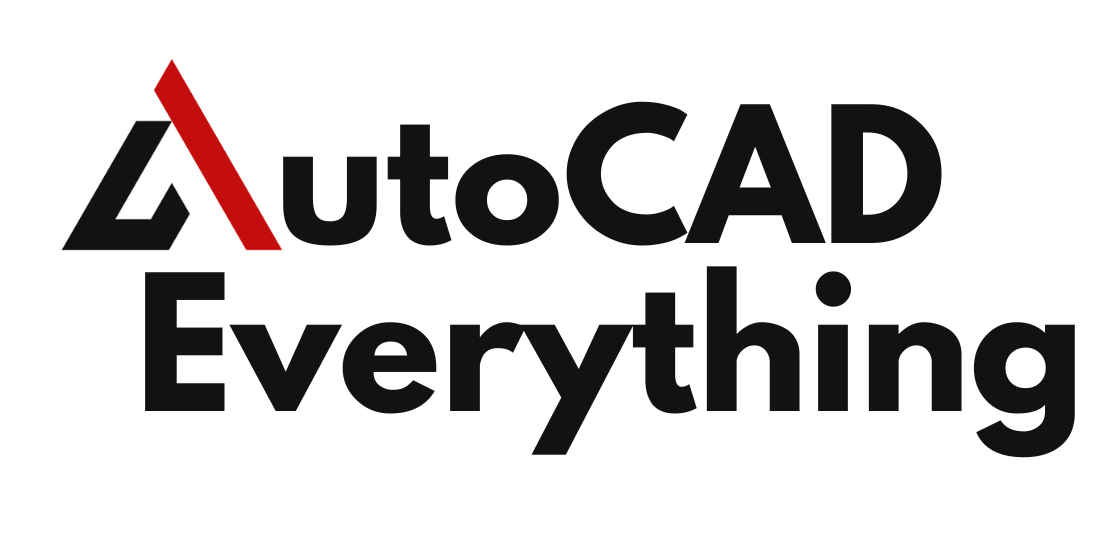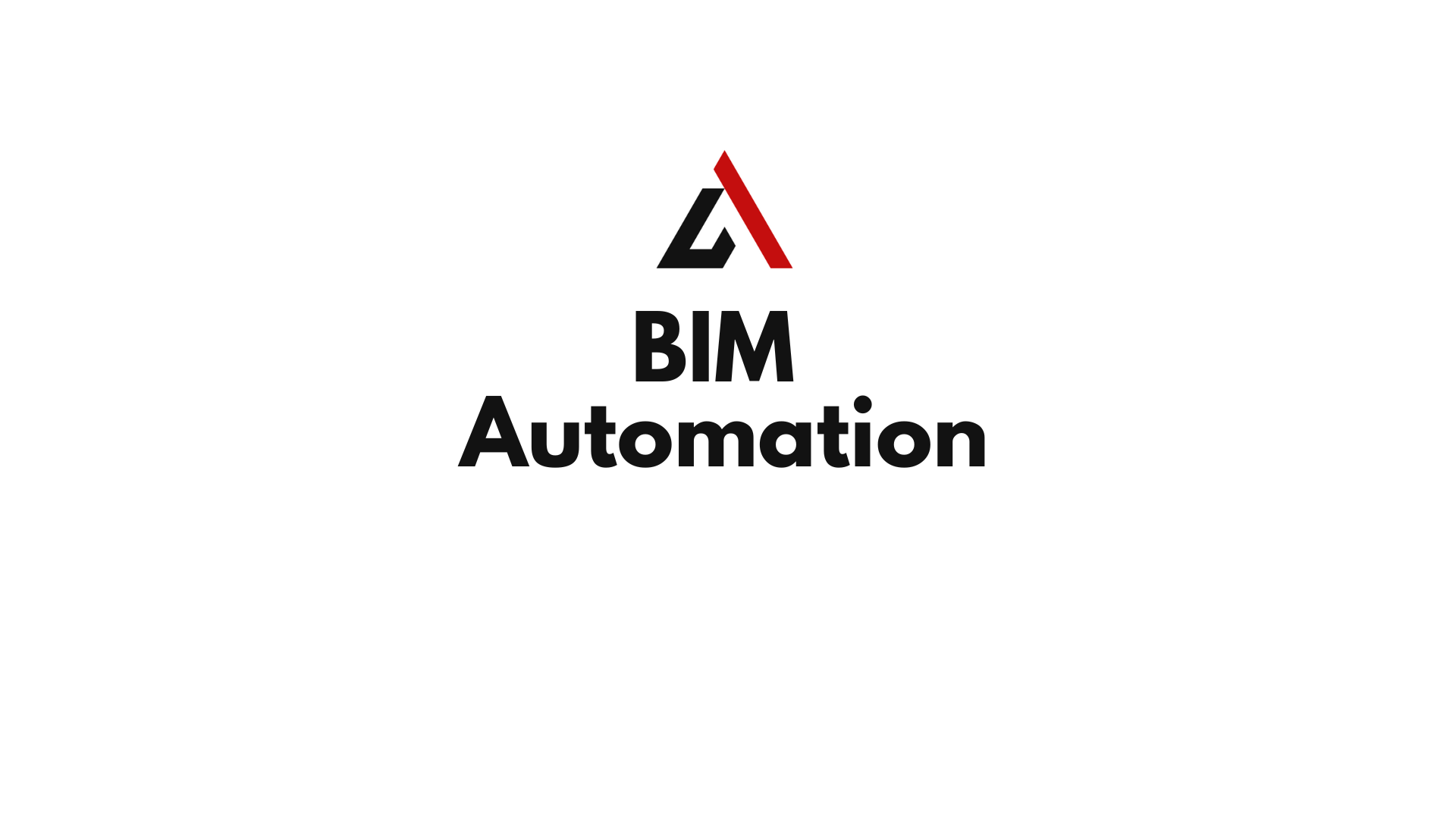Introduction to BIM Automation
BIM Automation is no longer a futuristic concept—it is the current revolution sweeping across the Architecture, Engineering, and Construction (AEC) industries. By combining intelligent modeling with script-based automation, professionals can now perform complex design tasks, documentation, and coordination workflows faster, with greater accuracy, and less human intervention.
The driving idea behind BIM automation is simple: let machines handle repetitive, rule-based, or computationally intensive tasks, while professionals focus on creativity, logic, and strategy.
Table of Contents
Why BIM Automation Matters
The global construction sector loses billions each year due to errors, rework, and inefficiencies. BIM automation offers a lifeline by:
- Reducing human error in modeling and documentation
- Eliminating repetitive tasks like tagging, scheduling, and sheet creation
- Improving turnaround time across project phases
- Enabling scalability for massive infrastructure projects
- Boosting consistency across all models and disciplines
Whether you’re automating simple view naming conventions or generating entire buildings algorithmically, the impact is massive.

Key Applications of BIM Automation
BIM automation touches every phase of the design and construction lifecycle:
- Model Generation: Auto-generating design elements using rules and parameters
- Construction Documents: Automatically placing tags, titles, sheets, and notes
- Clash Detection: Identifying collisions using smart logic
- Quantity Takeoffs: Extracting BOQs directly from models without manual counting
- Scheduling: Linking model elements with 4D planning tools
- Sustainability Analysis: Running automated simulations for daylight, energy, and material efficiency
Popular BIM Software Supporting Automation
Several tools support BIM automation either natively or through plugins and APIs:
| Software | Automation Capabilities |
|---|---|
| Revit | Parametric modeling, API scripting |
| Dynamo | Visual scripting environment for Revit |
| Grasshopper | Parametric and algorithmic design for Rhino |
| Navisworks | Rule-based clash detection |
| Solibri | Automated model checking |
| BIM 360 | Cloud automation workflows |
| Archicad | GDL scripting and parametric design |
| Tekla Structures | Scripting with Tekla Open API |
| Allplan | Python and SmartPart automation |
| Bentley OpenBuildings | Generative Components scripting |
Types of BIM Automation Workflows
BIM automation isn’t one-size-fits-all. There are multiple ways to automate your workflows:
- Script-Based Automation: Using code (Python, C#) to program actions in BIM tools
- Visual Scripting: Tools like Dynamo or Grasshopper allow visual node-based logic
- Rule-Based Automation: Set rules for objects to follow automatically (e.g., Solibri)
- AI-Powered Automation: Machine learning to detect patterns and make predictions
Tools and Languages Used in BIM Automation
- Python: Used in RevitPythonShell, Dynamo, and standalone automation scripts
- Dynamo: Visual scripting tool for Autodesk Revit
- C# and .NET: For developing plugins or API-based custom tools
- Grasshopper (Rhino): Powerful for parametric and algorithmic design
- JavaScript/Forge API: Cloud automation and web-based BIM tools
Automation in Design Development
BIM automation allows for rapid prototyping of design options, automatic rule checking, and intelligent layout generation.
For instance:
- Automating floor layouts using area boundaries and circulation rules
- Auto-generating facade systems based on solar exposure
- Creating responsive designs that adapt to site conditions, codes, or client preferences
Automation in Construction Documentation
Automation can vastly simplify the production of construction documents:
- Auto-tagging walls, doors, and equipment based on type or parameter
- Generating sheets automatically with predefined templates
- Applying view templates and graphic overrides with scripts
- Batch-exporting views, legends, or schedules
BIM Automation in Clash Detection
Automated clash detection tools like Navisworks or Solibri use predefined rules to:
- Detect hard and soft clashes between disciplines
- Classify clashes into priorities
- Generate clash reports automatically
- Notify responsible teams through linked project management tools
Automated Quantity Takeoff and Cost Estimation
In 5D BIM, automation helps link quantities to cost data from project databases or Excel sheets:
- Extract BOQs from Revit models with parameter filtering
- Use scripts to auto-update cost estimates with design changes
- Link BIM with cost estimation tools like CostX or Vico Office
Using BIM Automation for Scheduling
4D BIM integrates time with design:
- Link Revit elements with Gantt charts using Navisworks or Synchro
- Automate sequencing visualization based on task duration
- Script logic to validate schedule conflicts automatically
Facility Management and BIM Automation
Once a building is complete, BIM doesn’t stop:
- Use automated asset tagging for lifecycle management
- Connect BIM with CMMS (Computerized Maintenance Management Systems)
- Create digital twins for real-time facility monitoring
- Automate maintenance scheduling and performance tracking
Case Studies of BIM Automation in Practice
Residential Project in Singapore
Automated the layout of thousands of apartments using Revit + Dynamo. Reduced man-hours by 70%.
Hospital Project in the UK
Automated clash detection and equipment tagging using Navisworks and Revit APIs. Saved over £150,000.
Highway Infrastructure in Germany
Used Grasshopper for parametric bridge design and automated drawing extraction in Allplan. Reduced modeling time by 60%.
Challenges in Implementing BIM Automation
- High learning curve for scripting tools
- Inconsistent data standards across projects
- Software limitations or lack of API access
- Change management issues in organizations
Overcoming Automation Barriers
- Start with simple scripts to automate small tasks
- Conduct pilot projects before full-scale implementation
- Invest in BIM training and upskilling teams
- Use industry-standard templates and naming conventions
The Role of AI in BIM Automation
AI is transforming BIM automation:
- Auto-classification of elements using machine learning
- Predictive clash detection using historical data
- Design option evaluation using AI simulations
- Natural language commands for model queries
Cloud and BIM Automation
Cloud platforms like Autodesk Construction Cloud and BIM 360:
- Allow teams to automate issue tracking
- Support real-time updates across multiple users
- Enable script execution across devices
- Integrate with APIs for cross-platform automation
BIM Automation and Sustainability
Automation supports environmental performance by:
- Automating energy simulations
- Generating solar analysis reports
- Optimizing material usage and embodied carbon
- Automating LEED or BREEAM compliance checks
Standardizing BIM Automation
Automation works best when standardized:
- Follow ISO 19650 for data and information flow
- Use IFC and COBie for open BIM data exchange
- Develop custom QA/QC scripts that can be reused across projects
Custom BIM Automation Scripts
Firms are increasingly building in-house toolkits:
- Auto dimensioning and annotation tools
- Smart room naming scripts
- Batch-export and file version control systems
- Automated model health check dashboards
Best Practices in BIM Automation
- Break scripts into modular components
- Use comments and documentation for easy debugging
- Maintain version control with GitHub or BIM360 Docs
- Regularly review automation for compliance and optimization
Future of BIM Automation
- Autonomous design agents generating entire buildings
- Voice-driven BIM automation using NLP
- Real-time feedback loops between design and fabrication
- Automation as a Service (AaaS) – third-party BIM bots managing workflows
Integration with Other Tech
BIM automation gets even better with:
- IoT sensors streaming real-time data into BIM
- Robotics driven by BIM data for site execution
- AR/VR overlays automated from BIM views
- Blockchain for secure project automation records
Manual vs Automated BIM Workflows
| Criteria | Manual Workflow | Automated Workflow |
|---|---|---|
| Time | High | Low |
| Errors | Frequent | Reduced |
| Repetition | Tedious | Eliminated |
| Cost | Higher long-term | Lower long-term |
| Scalability | Limited | High |
FAQs on BIM Automation
What is BIM automation?
It refers to the use of scripts, rules, or AI to perform modeling, documentation, and coordination tasks in BIM tools.
Can I automate Revit tasks?
Yes, using Dynamo, Python scripts, or Revit macros you can automate nearly any repetitive task.
Is BIM automation difficult to learn?
Beginners can start with visual scripting tools like Dynamo and scale to advanced coding.
Which scripting language is used in BIM automation?
Python, C#, and visual scripting languages like Dynamo and Grasshopper.
Can BIM automation help with sustainability analysis?
Yes, it can automate simulations and optimize material usage.
Is automation possible in Navisworks?
Yes, especially for clash detection and 4D simulation sequences.
What is the role of AI in BIM automation?
AI predicts clashes, classifies objects, and recommends design options.
Can BIM automation help in facilities management?
Yes, it aids in asset tagging, lifecycle tracking, and maintenance planning.
How do I start automating BIM tasks?
Begin with tutorials on Dynamo or Python and automate small tasks in Revit.
Is cloud-based BIM automation reliable?
Yes, cloud platforms ensure real-time collaboration and secure automation.
Conclusion
BIM Automation is not just a trend—it’s the future of AEC workflows. From modeling and documentation to construction and facilities management, automation is streamlining processes, reducing waste, and enhancing productivity across the board.
Firms embracing BIM automation are not only delivering better projects—they’re building the future. 🚀

